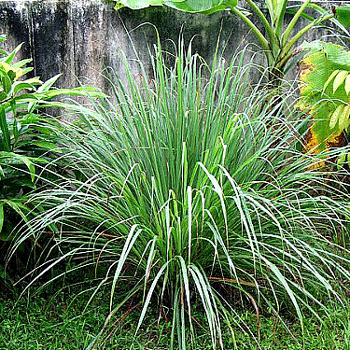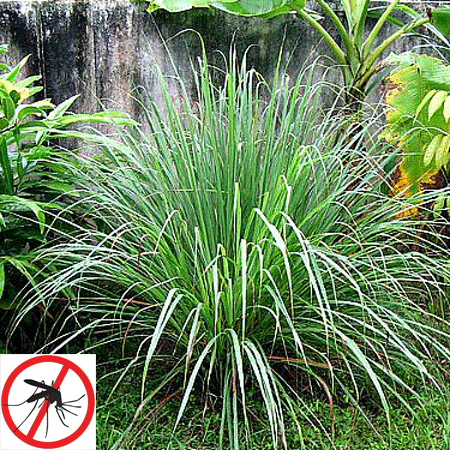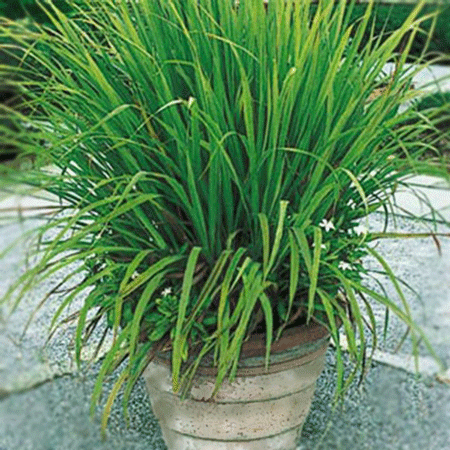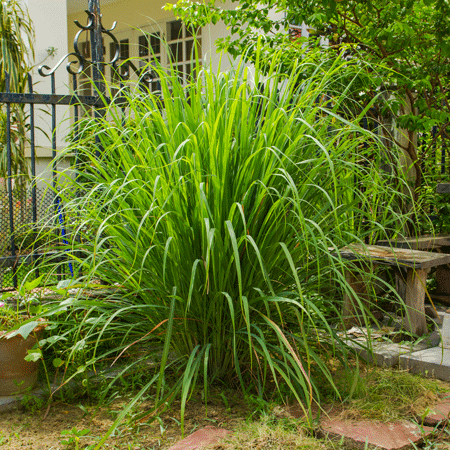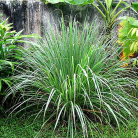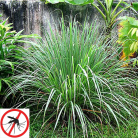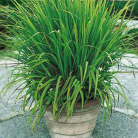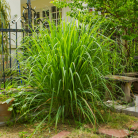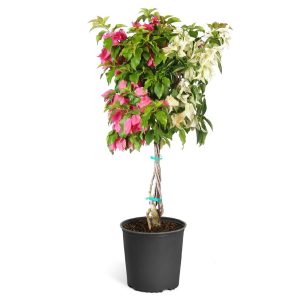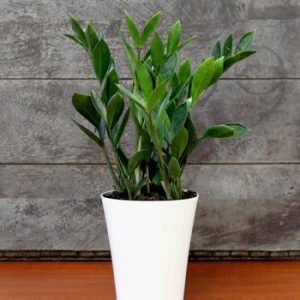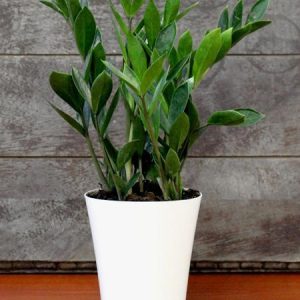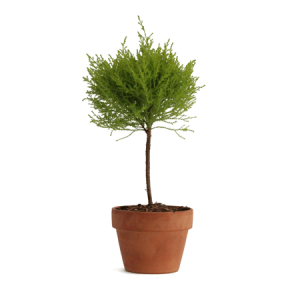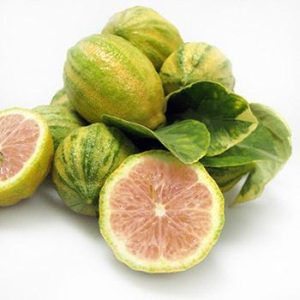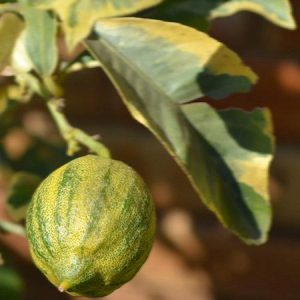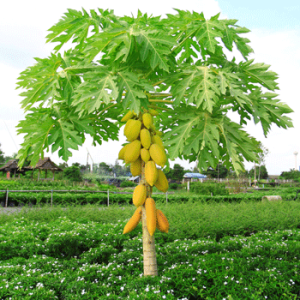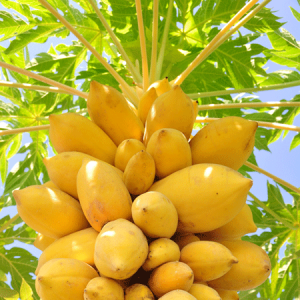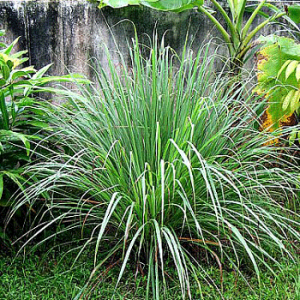Citronella Grass (Cymbopogon nardus) on Sale
- Estimated Delivery : Up to 4 business days
- Free Shipping & Returns : On all orders over $200
Natural Insect Repellent
Reclaim the backyard from those pesky mosquitos! With citronella the days of itchy bites or dangerous synthetic chemicals are over. It is effective at repelling mosquitos for up to two hours.
It is also useful in ridding cats and dogs of fleas.
The easiest way to experience the repelling effects of Citronella is to crush the leaves in your hands and rub the essential oil on your skin! You will smell fresh and lemony while keeing mosquitos at bay.
A Beautiful Supplement to any Surrounding
This plant brightens its surroundings and makes a wonderful addition to your yard, patio or garden setting, and and is often harvested for its useful and wonderfully aromatic oil.
Make your Own Scented Lotions
Citronella grass is well known for containing citronella oil, an ingredient that is commonly used in lotions. Homemade Citronella lotion is easy to make. Simply mix the essential oils into your favorite lotion.
Create Candles that fill the Air With Lemony Freshness
Citronella oil is often used as a basic ingredient in scented candles, as its lemony fresh scent creates a very pleasant and invigorating atmosphere.
And even MORE Valuable Uses!
Cymbopogon nardus is related to cymbopogon citratus, which is commonly referred to as lemon grass and is often used as an ingredient in Asian cuisine. Both plants share an unmistakable citrus aroma that is often credited for warding off pests that can eat up crops.
Have your plant shipped to you today and watch your garden or patio come to life!
Planting & Care
Seasonal Information:
Citronella Grass can be grown as a perennial in USDA Zones 9-11. Otherwise, you should plan to grow them in pots or containers. It requires a long, warm growing season, with regular watering or rainfall in a well drained soil. They won’t tolerate cool, damp winters very well. With that in mind, if you’re in a zone that might be prone to that, plan to do some dividing in the early winter and take some small clumps indoors for the winter just in case. If you’re growing them in pots and temperatures might drop to 32OF, bring them indoors to be safe.
Location Preferences:
Citronella can tolerate and actually prefers full sun, but if the soil dries out, it can cause scorch and withering. Locate outdoor plantings in an area where they are shaded for a portion of the day to help rectify this. A good guide is 6-8 hours of sunlight per day. If in pots, you can move the plants to partially shaded areas if and when you see stress. Citronella is not considered an ‘invasive’ grass because it doesn’t spread rhizomes (underground roots), but is an aggressive bunch grass and can grow very tall. Avoid planting where it might shade out other plants in the garden that don’t like shade. It’s often best to grow Citronella in a grass container, a planter, or in an enclosed area with a heavy mulch barrier around it. Finally, avoid exposures that might be subject to strong winds or rain.
Soil Preferences:
Soil in your garden or pots can contain all four textures (sand, silt, clay, loam) in any combination as long as it is well drained but holds moisture and nutrients well. A fertile ‘loam’ is ideal. Its preferred pH is near neutral, say, 6.1-7.8, not much higher or lower than that range. Citronella cannot tolerate soggy soil.
Planting:
In Pots and Containers – Choose a large container, and fill it about 1 3 full of potting soil. Spread the root ball and arrange the plant in the pot at about the same depth it had been growing in. Fill and tamp additional potting soil around the sides of the plant ensuring that the roots make good contact with the soil and to minimize air pockets around them. Water immediately and thoroughly, adding water until you see it run out of the holes in the bottom of the container. During early establishment, allow the soil to dry out between waterings but not so much as to cause wilting. Add water when the surface inch or so is feeling dry. Fertilize lightly with a complete and balanced fertilizer, say a 5-5-5 or 10-10-10 and follow directions on the label. Follow with light fertilization monthly.
In the Garden – method 1: planting in a hole – this is a good method if you’re planting in bunches or small groups, or as individuals around a space. Dig a hole twice as wide, and about 2 inches deeper than the root ball will sit. Add a handful of compost and a handful of peat or coir in the hole and mix it with the soil. This will create a richer soil without adversely affecting drainage. Remove the plant from the container you received it in, and knock the soil off around the roots gently. Add about 2” of your amended soil into the hole, then spread the roots and set the plant into the new soil. Cover half of the root ball with your soil mix, and water to settle the soil around the roots. Continue filling the hole with your amended mix, gently pressing it into the hole and around the roots. Keep in mind you want the plant to be at the same level as it was in the pot it came in after planting.
In the Garden – method 2 – planting in a group or as an area planting—When planting in a prepared bed, plan to space your Citronella about 12-24 inches apart. Till the area to a depth of 8”. If the soil needs amendment, follow the instructions as above using compost and peat or coir. Set the plants to the same depth they were planted in before, spread the roots to encourage new roots, firm the soil around the roots as you plant them, and water thoroughly when you’re done. Use the same approach as above…allow the soil to dry out after the initial watering, but not so much so that the surface inch or two become droughty. Observe for wilting or scorching and water as needed if seen. Fertilize lightly at first and then monthly afterwards with a balanced fertilizer such as 10-10-10 or 5-5-5. You can pinch back the plants to shape them. Remove the branch tips just above the leave node to encourage bushiness.
Watering once Established: When the top of the soil feels dry, water your Citronella. Keep in mind that they do not like soggy soil. Keep in mind that they will need water especially when hot and dry conditions exist. This can happen quickly in full sun exposures.
Maintenance Fertilizer once Established: Shift to analyses that have a little more nitrogen on plants you are managing as perennials (outdoors in the garden overwintering each year). 10-5-5 or 20-10-10 are examples. Fertilize in the spring and again in the fall. Always follow manufacturer’s label directions.
Propogating Dividing: Citronella Grass can be propagated by dividing the clumps. Do it before winter, and keep some smaller clumps indoors so as to ensure live plants in the spring; or if you want to plant them elsewhere in your landscape. Plant and care for the divided clumps in the same manner as described above. The clumps in perennial plantings will grow larger with age and can be transplanted in the fall. Otherwise, early winter so as to gain as much growth as possible.
Other than regular watering, Citronella Grass requires very little additional maintenance.
| Size | 2 Quart, 4 Plants (2 Qt.), 6 Plants (2 Qt.), 10 Plants (2 Qt.), 1 Gallon, 3 Plants, 6 Plants, 10 Plants |
|---|
